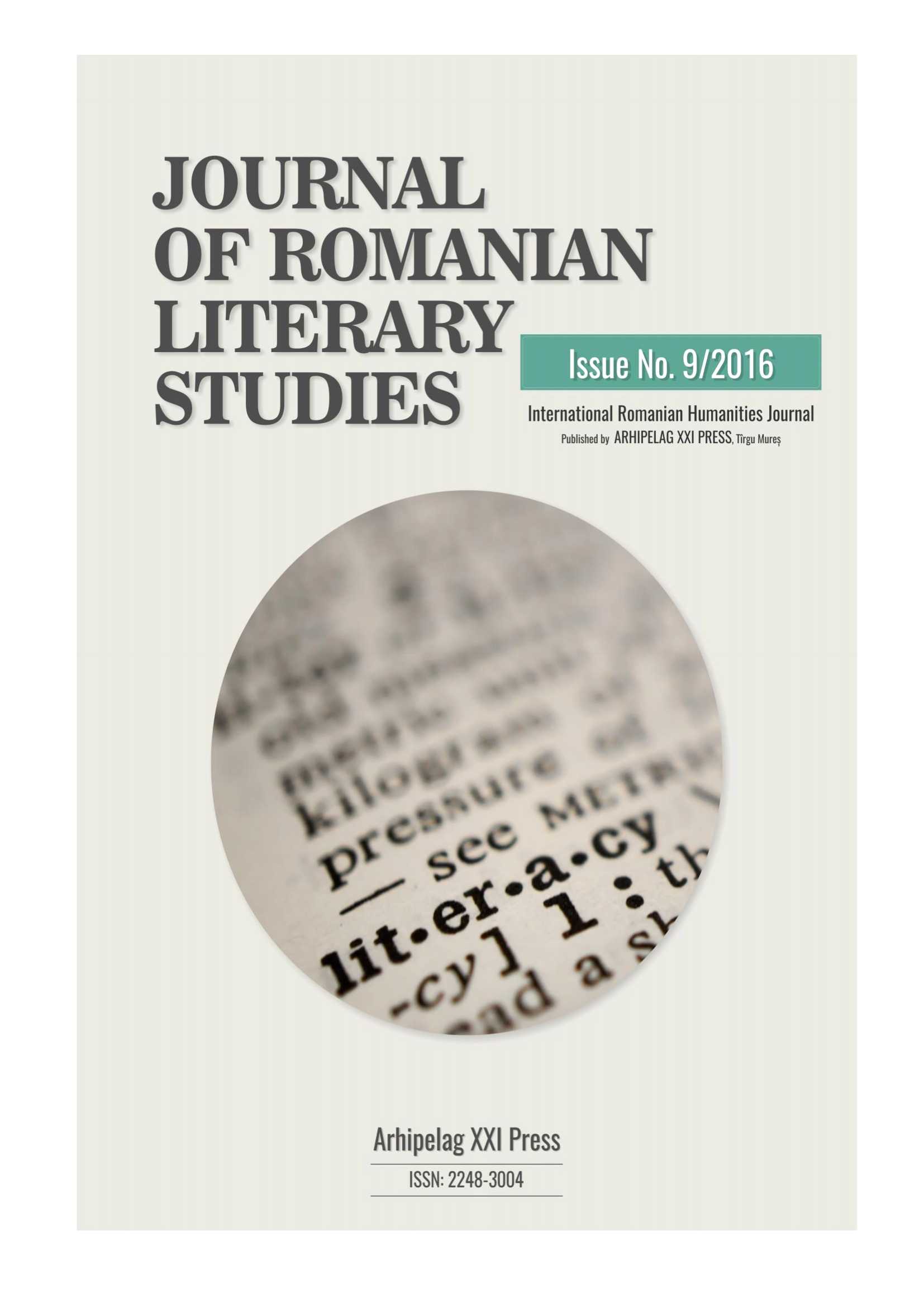WATERHOUSE’S OPHELIA – A REVERSED EKPHRASTIC APPROACH OF SHAKESPEARE’S HAMLET, PRINCE OF DENMARK
WATERHOUSE’S OPHELIA – A REVERSED EKPHRASTIC APPROACH OF SHAKESPEARE’S HAMLET, PRINCE OF DENMARK
Author(s): Lavinia HuleaSubject(s): Language and Literature Studies, Literary Texts
Published by: Editura Arhipelag XXI
Keywords: reversed ekphrasis; Pre-Raphaelites; Waterhouse; Shakespeare; visual texts
Summary/Abstract: Shakespeare’s masterpieces seem to possess a remarkable connection with visual art. Yet, despite the aesthetic appeal of painting Shakespeare, there was a fear that “the art of the painter” could never “equal the sublimity of our poet”. The fear of having Shakespeare conversed into works of visual art appears to be grounded on a narrow perception of the visual art work, which neglects the fact that such analogues are capable both of enlarging the meaning of a literary text and of adjoining new meanings: far from being a reproduction of the source text, meant to render an accurate representation of its content, the visual target text becomes a conversion developed, through the process of reversed ekphrasis, as a reframing or destabilization of the origin text, yet possessing an identity equal in range to that of its literary source. The Pre-Raphaelite artists, who set out to paint Shakespearean characters, not only recreated them according to new visual terms, but, in doing this, they materialized their own image of women as icons.
Journal: Journal of Romanian Literary Studies
- Issue Year: 2016
- Issue No: 09
- Page Range: 258-262
- Page Count: 5
- Language: English

